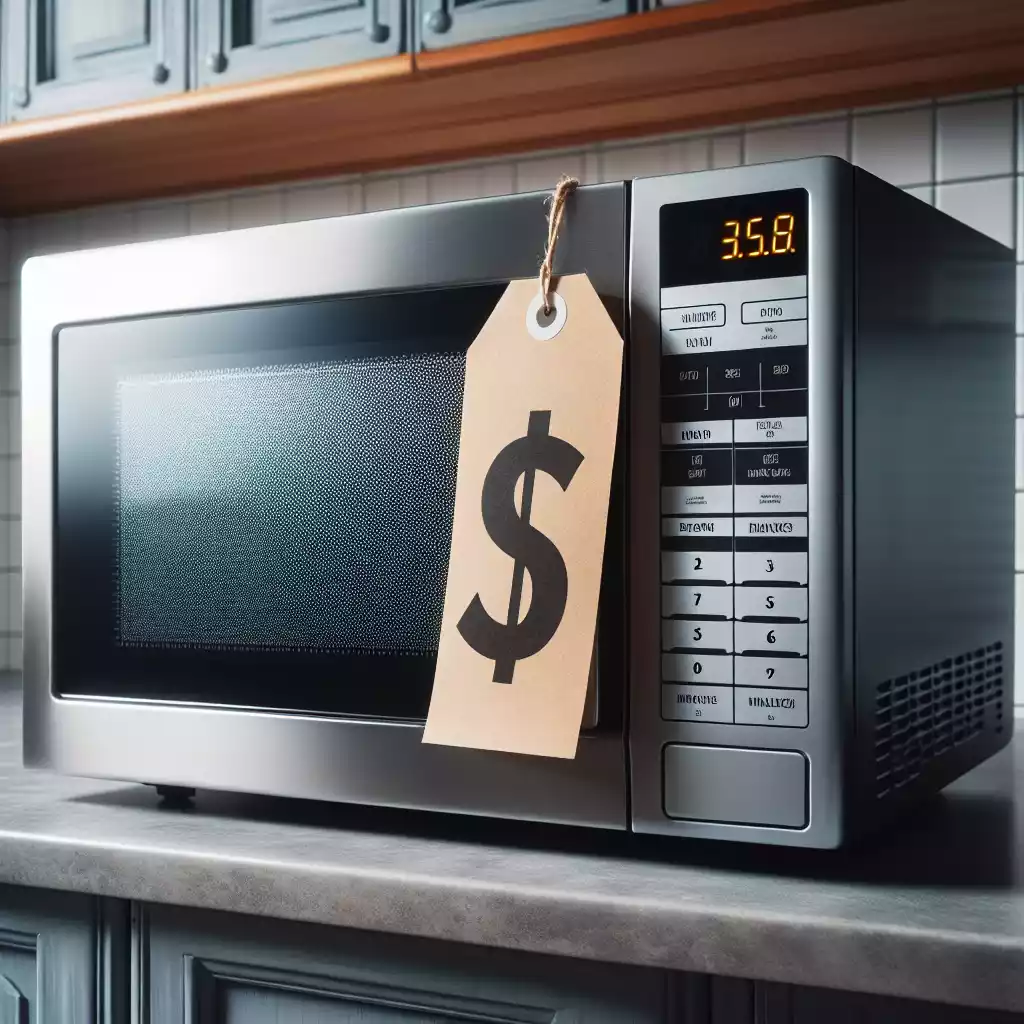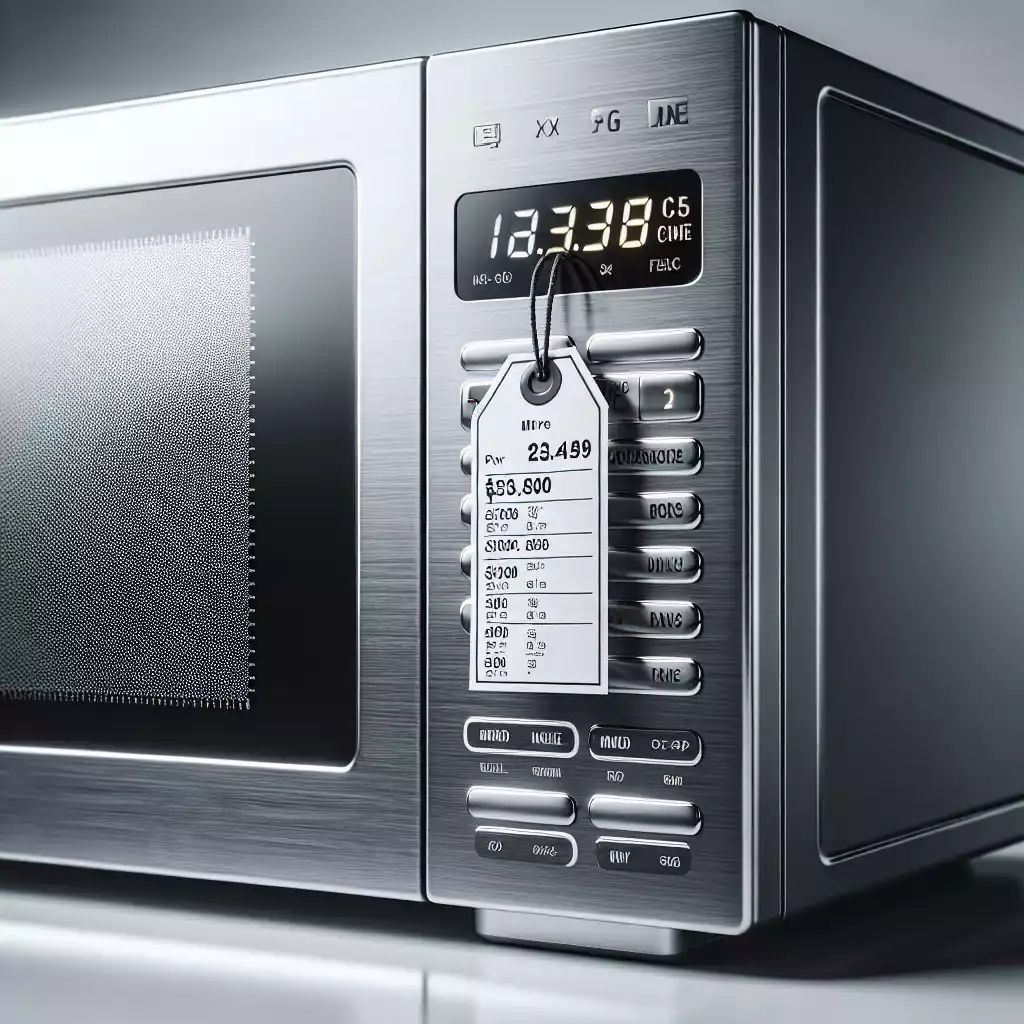Introduction to Microwave Ovens
Microwave ovens have become an essential part of modern kitchens, revolutionizing the way we prepare and heat food. Since their introduction in the mid-20th century, microwaves have evolved significantly, offering a range of features and capabilities that cater to diverse culinary needs. The microwave oven, invented by Percy Spencer in 1945, initially started as a bulky and expensive appliance. However, advancements in technology have made it more affordable and accessible to households worldwide.
The role of microwaves in today’s kitchens cannot be overstated. They offer quick heating, cooking, and even grilling, making them indispensable for busy individuals and families. But what influences the price of these versatile appliances? Let’s delve into the factors that determine microwave prices and how you can make an informed purchase.
Factors Influencing Microwave Prices
Brand Reputation
The brand of a microwave often plays a significant role in its pricing. Well-known brands like Panasonic, Samsung, and LG are known for their reliability and advanced features, often commanding higher prices. These brands invest heavily in research and development, ensuring their products incorporate the latest technology and offer superior performance.
Features and Specifications
Microwaves come with a variety of features, from basic heating to advanced cooking functions. Models with convection cooking, sensor cooking, and inverter technology typically cost more. Additionally, microwaves with touch screens, smart connectivity, and voice control are priced higher due to their enhanced convenience and functionality.
Energy Efficiency
Energy-efficient microwaves, often marked with an Energy Star rating, might have a higher upfront cost but can save money in the long run by reducing electricity bills. These models use less power without compromising performance, making them a smart investment for eco-conscious consumers.
Types of Microwave Ovens

Countertop Microwaves
Countertop microwaves are the most common type and are known for their affordability and ease of use. They are portable, can be placed anywhere in the kitchen, and come in various sizes and power levels. Prices for countertop microwaves can range from $50 to $300, depending on the brand and features.
Over-the-Range Microwaves
Over-the-range microwaves are designed to be installed above the stove, combining the functionality of a microwave and a range hood. They save counter space and often include built-in exhaust fans and lighting. These models are generally more expensive, with prices ranging from $200 to $600.
Built-In Microwaves
Built-in microwaves are integrated into kitchen cabinetry, offering a seamless look. They are ideal for modern kitchens and can be installed at a convenient height. Due to their custom installation, built-in microwaves are priced higher, typically between $400 and $1,500.
Microwave Drawers
Microwave drawers are installed below the countertop, allowing easy access without bending over. They offer a sleek design and are perfect for contemporary kitchens. Prices for microwave drawers start at around $800 and can go up to $2,000.
Popular Microwave Brands and Their Price Ranges
Panasonic
Panasonic is renowned for its innovative technology and reliable performance. Their microwaves range from basic models priced at around $100 to high-end convection models costing up to $500.
Samsung
Samsung offers a variety of microwaves with smart features and sleek designs. Prices for Samsung microwaves range from $150 to $600, depending on the model and features.
LG
LG microwaves are known for their stylish designs and advanced cooking technologies. The price range for LG microwaves is between $120 and $700.
Whirlpool
Whirlpool provides a wide range of microwaves, from budget-friendly options to premium models with advanced features. Prices range from $100 to $800.
Tips for Finding the Best Microwave Deals
Shopping During Sales
Timing your purchase during sales events like Black Friday, Cyber Monday, or holiday sales can result in significant savings. Retailers often offer substantial discounts on kitchen appliances during these periods.
Comparing Online and In-Store Prices
Prices can vary between online and brick-and-mortar stores. Comparing prices across different platforms can help you find the best deal. Websites like Amazon, Best Buy, and Walmart often have competitive prices and customer reviews to guide your decision.
Reading Customer Reviews
Customer reviews provide valuable insights into the performance and reliability of a microwave. Look for reviews that mention the features you are interested in and consider both positive and negative feedback.
Common Mistakes to Avoid When Buying a Microwave
Ignoring Size and Space Requirements
One common mistake is not considering the size of the microwave and the available space in your kitchen. Measure the space where you plan to place the microwave and ensure it fits comfortably without obstructing other appliances.
Overlooking Wattage and Power Levels
The wattage of a microwave determines its cooking power. Higher wattage means faster cooking times. Consider your cooking needs and choose a microwave with appropriate wattage. For basic heating, a microwave with 700-900 watts is sufficient, while for more intensive cooking, a model with 1,000 watts or more is ideal.
Additional Costs to Consider
Installation Fees
For built-in and over-the-range microwaves, professional installation is often required. This can add to the overall cost. Ensure you factor in installation fees when budgeting for your microwave purchase.
Extended Warranties
Extended warranties offer peace of mind by covering repairs and replacements beyond the standard warranty period. While they add to the initial cost, they can save money in the long run by protecting against unexpected repair expenses.
Relevant Data Table
Here’s a table summarizing the price ranges of popular microwave brands:
| Brand | Price Range |
|---|---|
| Panasonic | $100 – $500 |
| Samsung | $150 – $600 |
| LG | $120 – $700 |
| Whirlpool | $100 – $800 |
FAQs
FAQ 1: What factors affect the price of a microwave?
The price of a microwave is influenced by factors such as brand reputation, features and specifications, energy efficiency, and the type of microwave (countertop, over-the-range, built-in, or drawer).
FAQ 2: Are expensive microwaves worth the investment?
Expensive microwaves often come with advanced features, better build quality, and longer warranties. If you frequently use your microwave for cooking and need additional functions, investing in a higher-end model can be worthwhile.
FAQ 3: How do I choose the right microwave for my needs?
Consider your cooking habits, kitchen space, and budget. Determine the features you need, such as convection cooking, sensor cooking, or smart connectivity, and choose a microwave that fits your requirements.
FAQ 4: Can I find good deals on microwaves during sales?
Yes, sales events like Black Friday, Cyber Monday, and holiday sales are great times to find discounts on microwaves. Retailers often offer significant markdowns during these periods.
FAQ 5: What are the additional costs associated with buying a microwave?
Additional costs may include installation fees for built-in and over-the-range models, as well as extended warranties for added protection. Consider these costs when budgeting for your microwave purchase.
Conclusion
Microwave prices vary widely based on brand, features, and type. Understanding these factors can help you make an informed decision and find a microwave that fits your needs and budget. By considering additional costs and avoiding common mistakes, you can ensure a smooth purchasing experience. Happy cooking!

